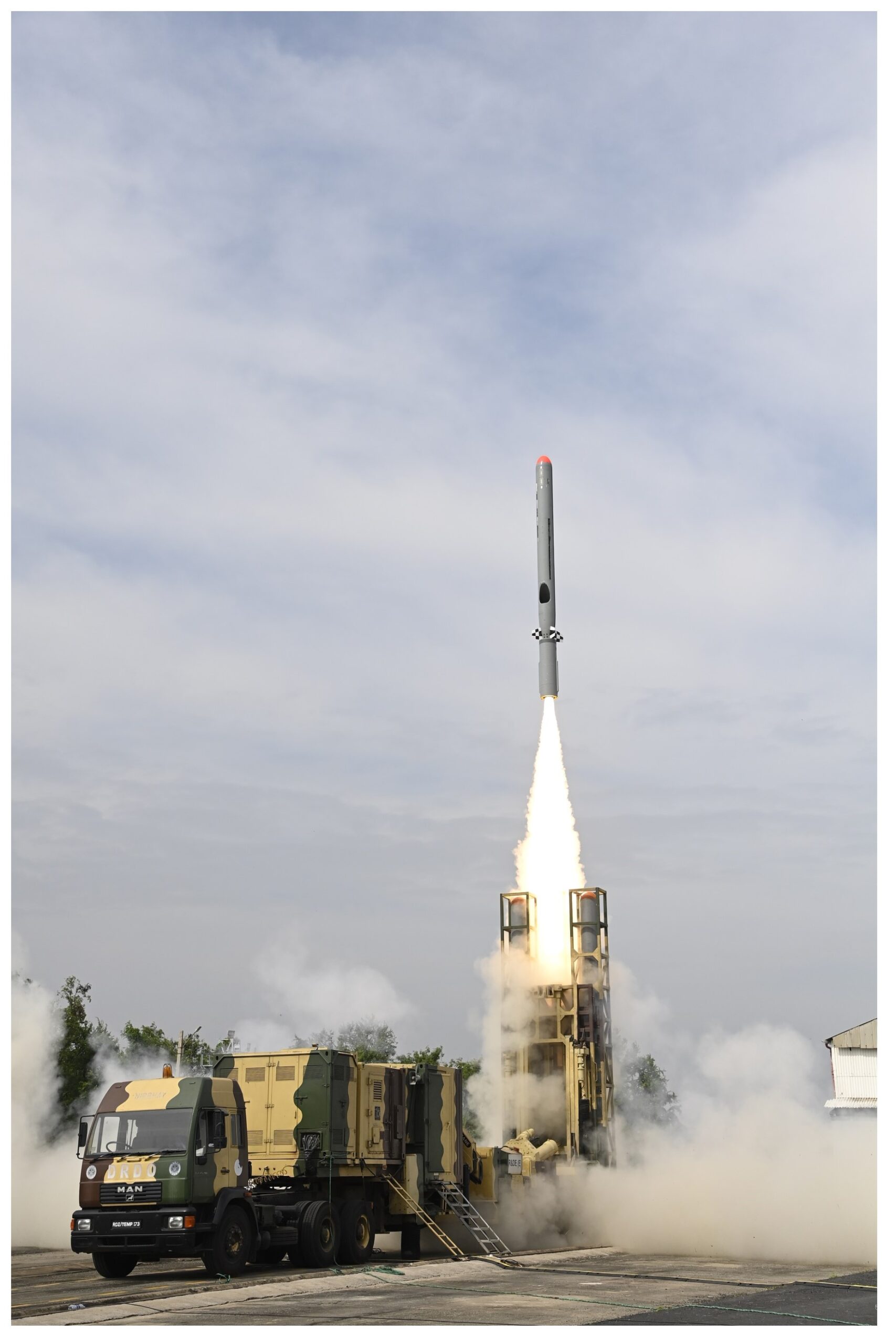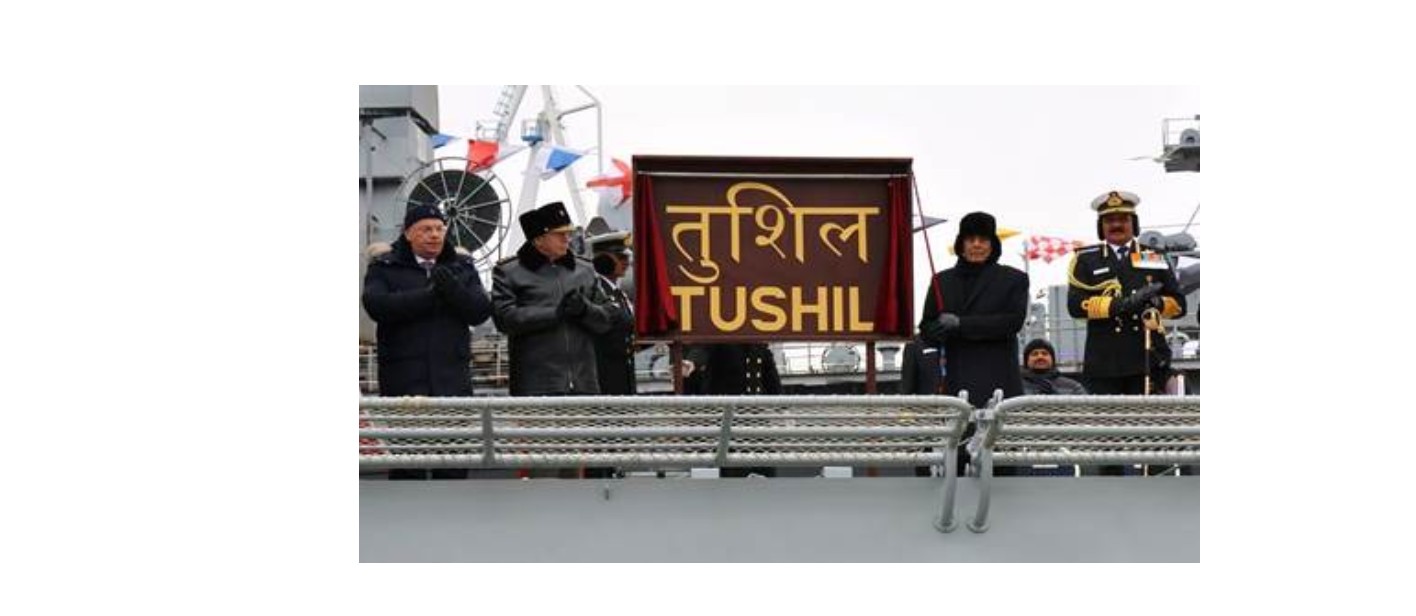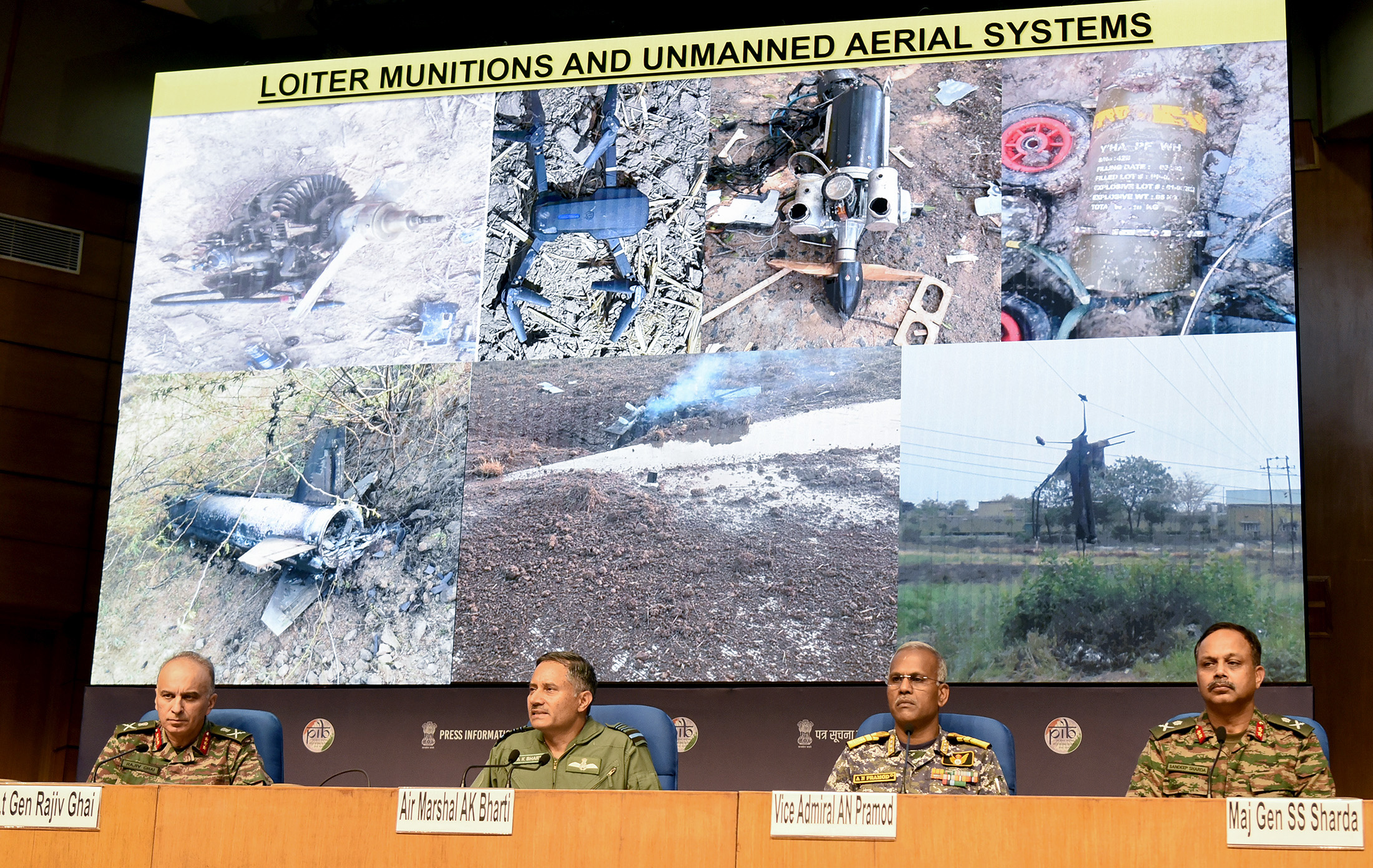Operation Sindoor, launched by India on May 7, 2025, marks a significant escalation in South Asia’s security dynamics. In response to the Pahalgam terror attack that claimed 26 Indian lives, India executed precision strikes targeting terrorist infrastructure in Pakistan and Pakistan-occupied Kashmir (PoK). This operation not only underscores India’s evolving military doctrine but also has profound implications for Pakistan’s internal security and China’s regional strategy.
India’s Strategic Posture: Precision and Proportionality
Operation Sindoor represents a paradigm shift in India’s counter-terrorism strategy. Unlike previous operations, such as the 2016 Uri surgical strikes and the 2019 Balakot airstrikes, Sindoor was characterized by its scale, technological sophistication, and strategic depth. The Indian Armed Forces, employing a tri-service approach, targeted nine high-value terrorist camps across Pakistan and PoK, including facilities in Bahawalpur, Muridke, and Kotli.
The operation utilized advanced weaponry, including Rafale jets equipped with SCALP and HAMMER missiles, loitering munitions, and precision-guided artillery. These strikes were meticulously planned to avoid civilian casualties, focusing solely on dismantling terrorist infrastructure.
India’s approach emphasized proportionality and restraint. By targeting only terror-linked sites and avoiding civilian or military establishments, India signaled its commitment to counter-terrorism without seeking broader conflict escalation.
Pakistan’s Security Apparatus: Exposed Vulnerabilities
Operation Sindoor exposed significant vulnerabilities within Pakistan’s security framework. Despite deploying Chinese-supplied defense systems, including HQ-9 missile defenses and J-10C fighter jets, Pakistan failed to intercept the Indian strikes effectively.
Notably, Indian forces successfully neutralized a missile defense system near Lahore, highlighting the limitations of Pakistan’s air defense capabilities. Furthermore, the operation raised concerns about the security of Pakistan’s nuclear arsenal, as some strikes targeted areas in proximity to nuclear facilities.
In the aftermath, Pakistan launched retaliatory drone and missile strikes targeting Indian military sites. However, India’s integrated air defense systems, including the S-400, effectively neutralized these attacks, further emphasizing the asymmetry in defense preparedness.
China’s Strategic Calculus: Proxy Testing and Diplomatic Balancing
China’s involvement in the region adds another layer of complexity. As Pakistan’s primary defense partner, China has supplied advanced military technology, which was employed during the conflict. Analysts suggest that China views Pakistan as a testing ground for its military hardware, allowing real-world assessments without direct engagement.
Diplomatically, China’s response was measured. While expressing regret over India’s military actions, Beijing refrained from condemning the Pahalgam terror attack. This stance reflects China’s strategic balancing act—supporting Pakistan while avoiding overt confrontation with India. However, such a position risks undermining China’s credibility as a neutral actor in regional conflicts.
Moreover, the instability in Pakistan poses risks to China’s Belt and Road Initiative, particularly the China-Pakistan Economic Corridor (CPEC), which traverses volatile regions affected by the conflict. Continued unrest could jeopardize Chinese investments and strategic interests in the region.
Regional and Global Implications
Operation Sindoor has redefined the security landscape in South Asia. For India, the operation demonstrates a willingness to undertake decisive, proportionate actions against terrorism, signaling a shift towards a more assertive defense posture.
For Pakistan, the operation underscores the need to reassess its internal security mechanisms and the efficacy of its defense partnerships. The exposure of vulnerabilities may prompt strategic recalibrations to prevent future breaches.
China’s role as both a defense supplier and diplomatic actor in the region faces scrutiny. Balancing its alliance with Pakistan against broader regional stability will require nuanced diplomacy and strategic foresight.
Internationally, the operation has drawn attention to the persistent threat of cross-border terrorism and the challenges of maintaining regional peace. While a bilateral ceasefire has been reached, the underlying tensions necessitate sustained diplomatic engagement to prevent future escalations.
Operation Sindoor represents a significant moment in South Asia’s security narrative. India’s precise and restrained military response to terrorism sets a new precedent, challenging traditional notions of conflict engagement in the region. The operation’s implications extend beyond immediate military outcomes, prompting strategic introspection in Pakistan and diplomatic recalibrations in China. As the region navigates the aftermath, sustained dialogue and strategic clarity will be essential to ensure lasting peace and stability.



